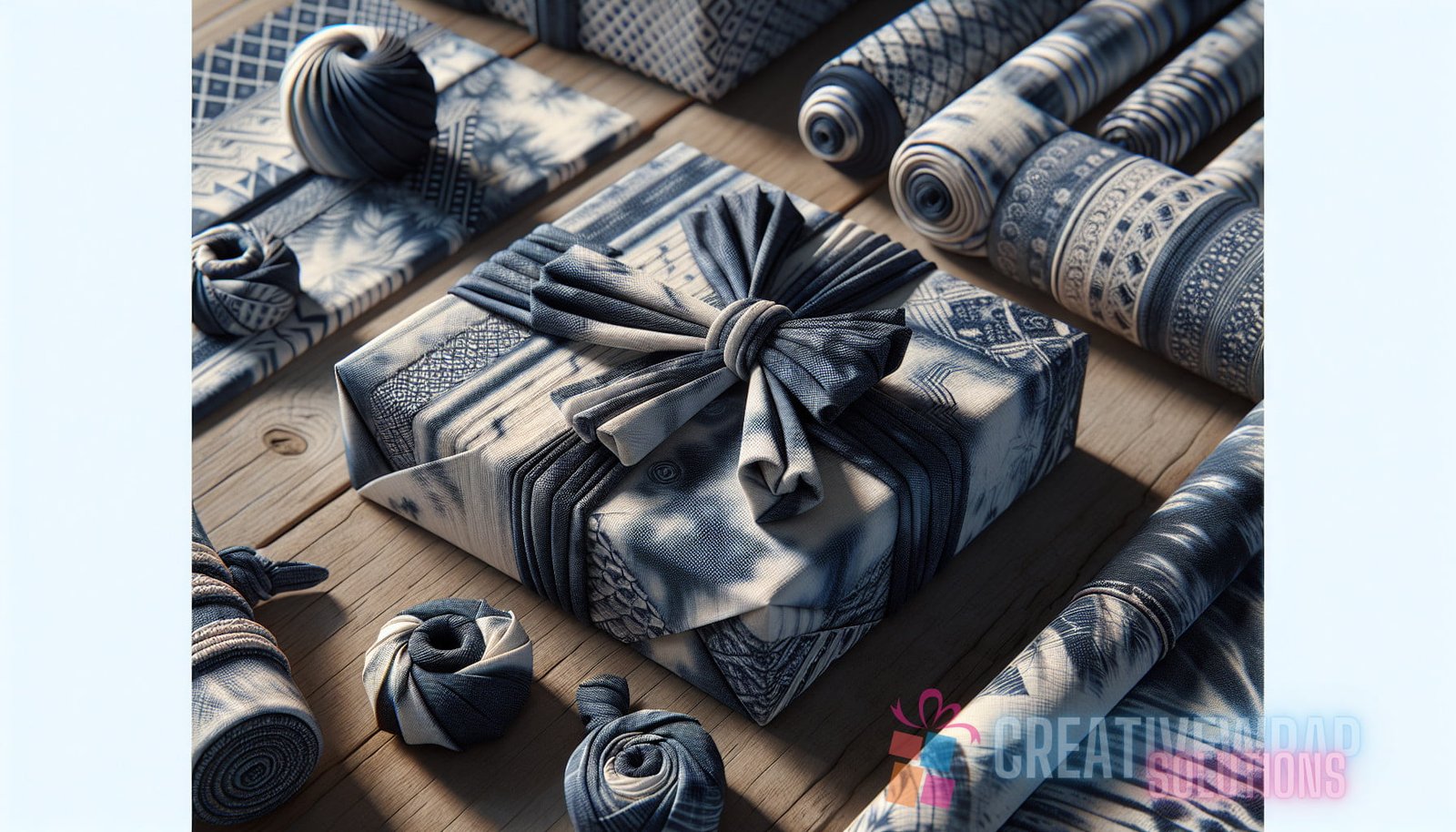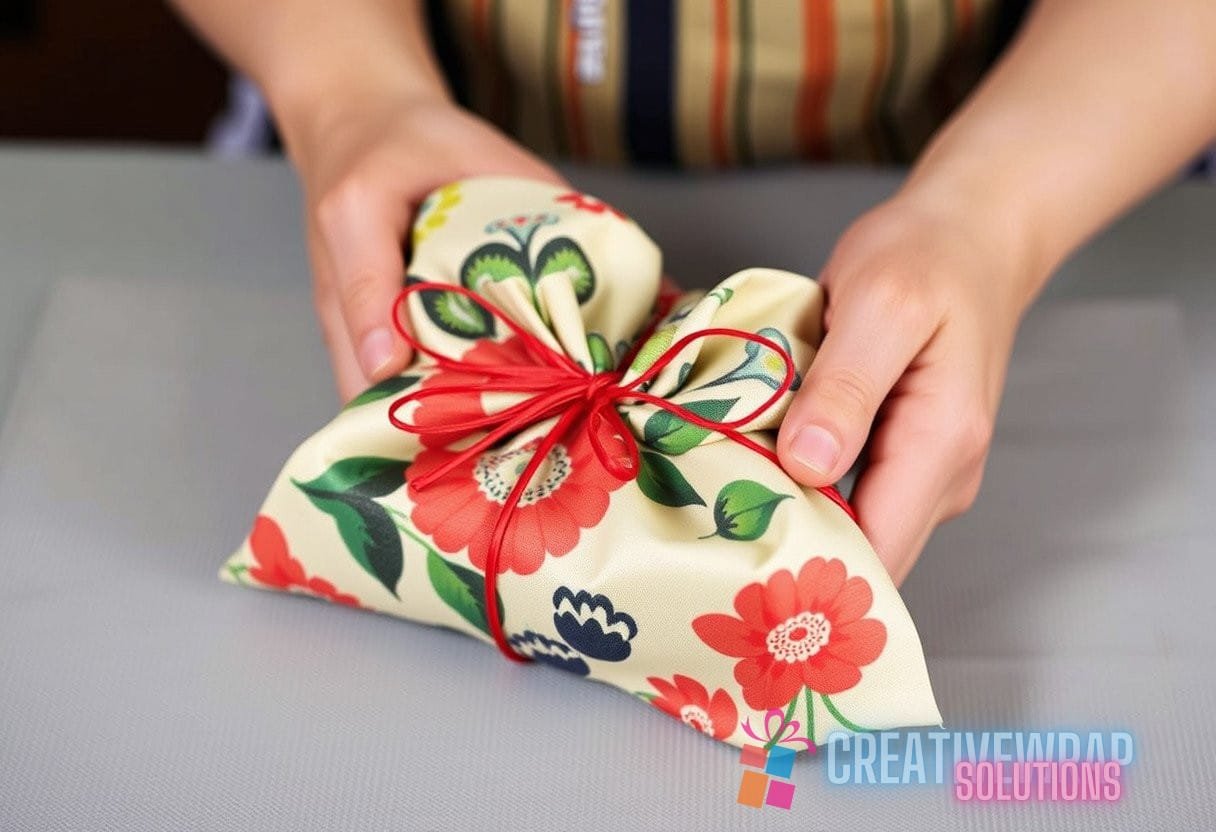Introduction
Gift wrapping is not just a functional aspect of presenting a gift, but also a way to showcase thoughtfulness and creativity. In recent years, there has been a growing interest in sustainable gift wrapping techniques that not only reduce waste but also add a touch of elegance to the presentation. One such technique is Shibori wrapping, an ancient Japanese art form that involves creating intricate patterns on fabric using various folding, tying, and dyeing techniques. In this in-depth analysis, we will explore the fascinating world of Shibori wrapping and discover how it can be used to create stunning and sustainable gift presentations.
The Origins of Shibori Wrapping
Shibori, which means “to wring, squeeze, or press” in Japanese, is a traditional resist dyeing technique that has been practiced in Japan for centuries. It is believed to have originated in China and was later introduced to Japan in the 8th century. The technique involves manipulating fabric by folding, twisting, tying, or stitching it before dyeing to create unique patterns and designs.
Shibori was initially used to decorate and embellish clothing, but over time, it has found its way into various other applications, including gift wrapping. The process of Shibori wrapping involves using the same folding and dyeing techniques to transform plain fabric into a beautiful gift wrap that is not only visually appealing but also environmentally friendly.
The Shibori Wrapping Process
To create a Shibori gift wrap, you will need some basic materials and tools:
- Plain fabric (such as cotton or silk)
- Fabric dye
- String or rubber bands
- Scissors
The process of Shibori wrapping can be broken down into the following steps:
Step 1: Fabric Preparation
Start by preparing the fabric for dyeing. Cut the fabric into a square or rectangle shape, depending on the size of the gift you are wrapping. It is important to choose a fabric that can absorb the dye well, such as cotton or silk.
Step 2: Folding and Binding
The next step is to fold and bind the fabric to create the desired pattern. There are several traditional Shibori folding and binding techniques to choose from, each resulting in a different pattern. Some common techniques include:
- Kanoko Shibori: Also known as “tie-dye,” this technique involves gathering small sections of fabric and tying them tightly with string or rubber bands.
- Kumo Shibori: This technique involves creating intricate patterns by pleating and then tying the fabric with string or rubber bands in a specific way.
- Arashi Shibori: Also known as “pole-wrapping,” this technique involves wrapping the fabric around a pole or tube tightly and then compressing it before dyeing.
- Itajime Shibori: This technique involves folding the fabric and then clamping it between two wooden blocks or shapes before dyeing.

Experimenting with different folding and binding techniques will allow you to create a wide range of patterns and designs on your Shibori gift wrap.
Step 3: Dyeing
Once the fabric is folded and bound, it is ready to be dyed. Prepare the fabric dye according to the manufacturer’s instructions and immerse the fabric in the dye bath. The length of time you leave the fabric in the dye bath will depend on the desired shade and intensity of the color. Remember to wear gloves to protect your hands from the dye.
After the fabric has been dyed, rinse it thoroughly with water to remove any excess dye. You can also add a fabric conditioner to the rinse water to make the fabric softer and add a pleasant scent.
Step 4: Unfolding and Drying
Once the fabric has been rinsed, carefully remove the bindings and unfold it to reveal the beautiful Shibori pattern. Allow the fabric to dry completely before using it to wrap your gifts.
Now that you know the basic steps involved in Shibori wrapping, let’s explore some creative ideas and techniques to take your gift presentations to the next level.
Shibori Wrapping Ideas and Techniques
Shibori wrapping offers endless possibilities for creating unique and eye-catching gift presentations. Here are some ideas and techniques to inspire your creativity:
1. Shibori Gift Bags
Instead of using traditional gift boxes or wrapping paper, consider making your own Shibori gift bags. Cut a piece of fabric into a rectangle shape, fold it in half, and sew the sides together to create a simple bag. Use Shibori folding and dyeing techniques to create a pattern on the fabric before assembling the bag. Add a ribbon or a fabric tie to secure the bag and complete the look.
2. Shibori Ribbon
Add a touch of Shibori to your gift wrapping by creating your own Shibori ribbon. Cut a long strip of fabric and fold it in an accordion-style pattern. Use Shibori folding and binding techniques to create a pattern on the fabric, then dye it using your chosen color. Once the fabric has dried, carefully unfold it, and you will have a beautiful Shibori ribbon to tie around your gifts.
Conclusion
Shibori wrapping is a versatile and sustainable technique that allows you to create unique and stunning gift presentations. By using traditional folding, binding, and dyeing techniques, you can transform plain fabric into beautiful gift wraps that are both visually appealing and eco-friendly. Whether you are making Shibori gift bags or creating your own Shibori ribbon, the possibilities are endless. So why not give Shibori wrapping a try and add a touch of timeless beauty to your gift-giving?


